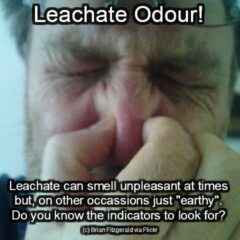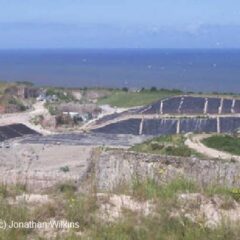surface water
The 3 Most Important Leachate Indicator Parameters
There are three very important leachate indicator parameters which are used as indicators to identify leachate contamination in any water sample analysed in a water quality laboratory. These three parameters can give an initial guide to anyone investigating what appears to be pollution occurring in the vicinity of a landfill, as to whether the source […]
Leachate Recirculation Practise and Views
To the site operator leachate recirculation would certainly appear like commonsense as some of the leachate recirculated will be taken in by the waste and not re-appear. The leachate will gain some treatment – especially a significant reduction in BOD and COD by anaerobic digestion within a methanogenic landfill. In addition, if leachate is being […]
Wastewater Treatment in Wetlands: Contaminant Removal Processes
An Introduction to Wastewater Treatment in Wetlands Originally published by U.S. Department of Agriculture, Cooperative Extension Service, University of Florida Wastewater treatment in wetlands can be highly effective, [including for leachates]. Wetlands are commonly known as biological filters, providing protection for water resources such as lakes, estuaries and ground water. Although wetlands have always served this purpose, […]
Leachate
Leachate starts as rainfall. Rain falling on the top of the landfill is the main contributor to the generation of leachate, and is by far the largest contributor for modern sanitary landfills which do not accept liquid waste. In old unlined and un-engineered landfills, some leachate is produced from groundwater entering the waste. Some, additional […]


